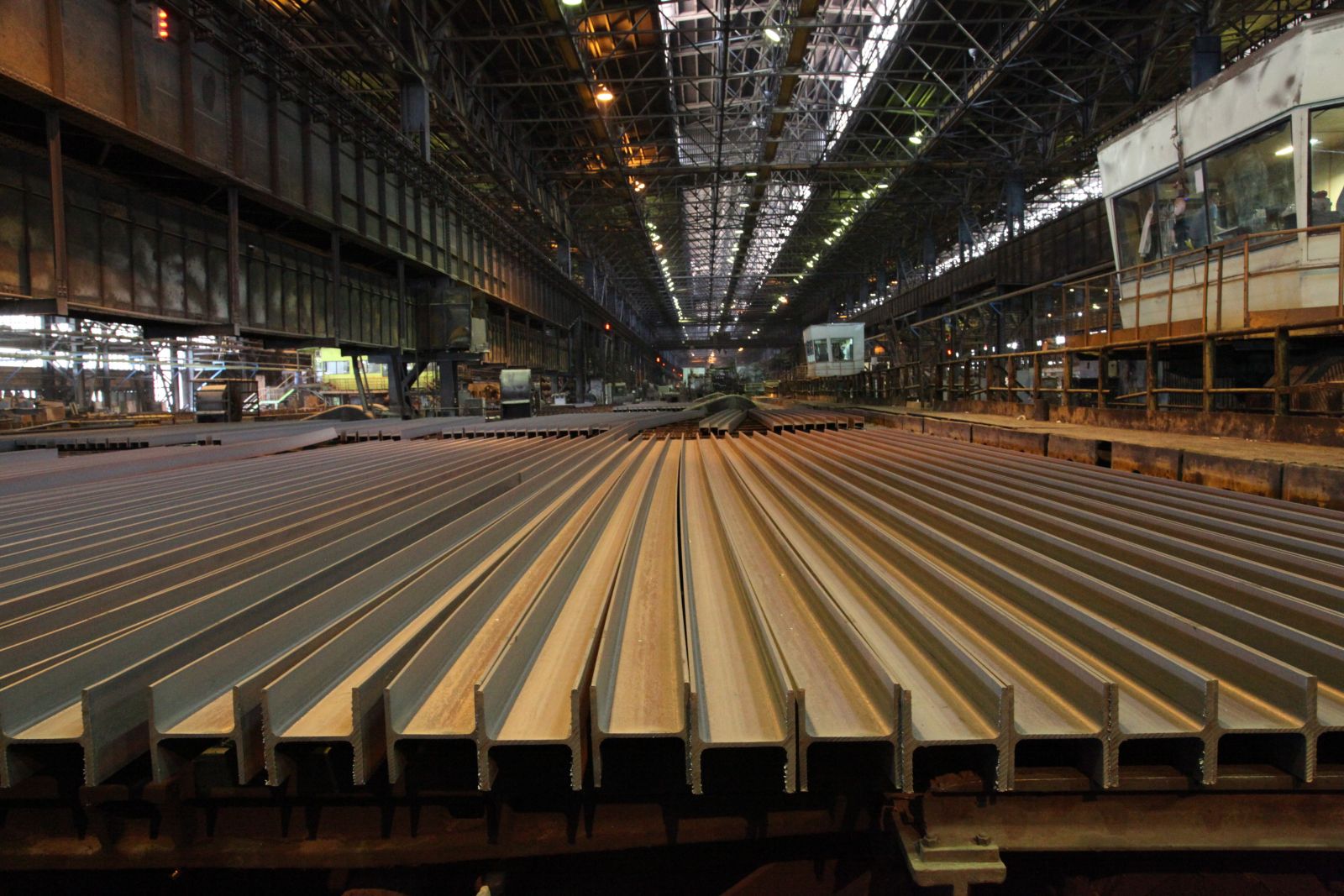The Iranian steel industry’s effective push toward exports has helped Esfahan Steel Company bolster its presence overseas, the company’s head of sales and marketing announced.
Ehsan Dashtianeh also said the growth in exports was mostly due to shrinking Chinese steelmaking capacities, rising raw material costs, China’s new environmental policies shutting down pollutant plants and the subsequent drop in the industrial giant’s exports and low global inventories.
Iran exported 6.69 million tons of steel worth $2.69 billion in the last fiscal year (ended March 20, 2017), up 49% and 0.3% in terms of volume and value respectively, the Iranian Mining and Mining Industries Development and Renovation Organization’s website reported.
Iranian steelmakers produced 14.46 million tons of semis and 10.05 million tons of finished products during the same period, posting 4.58% growth and 2.28% drop respectively.
ESCO made up 2.24 and 2.05 million tons of the total figure, while also exporting an aggregate of 640,521 tons last year.
The veteran steelmaker has continued the trend into the current year, with five-month exports (March 21-August 22) hitting 585,488 tons, up 133% year-over-year. The fifth month proved to be especially fruitful for ESCO, as it shipped 109,513 tons, up 198% YOY, realizing 13% of its 42-trillion-rial ($1.08 billion) sales target for the current fiscal year (March 2017-18).
The Isfahan-based producer is Iran’s oldest steelmaker and the largest producer of structural steel. It was jointly established in 1965 by Iran and the Soviet Union’s Tyazhpromexport Company. Its steel production facilities became operational in 1972.
Dashtianeh noted that Iranian steelmakers’ competitive prices and speedy deliveries, coupled with the high quality of their offerings, have helped them cement a foothold in global markets, especially in billet exports, Bourse Press reported.
According to the official, Iran exported 2.44 million tons of billets in the seven months of 2017, with ESCO accounting for 560,000 tons of the total figure. The primary export destinations include Thailand, Oman, the UAE and Malaysia.
The steelmaker’s improving condition can help it deal with accumulated losses standing at 21.03 trillion rials ($544.86 million) by the end of this year’s first quarter (ended June 21). Its total debts also stand at 83.25 trillion rials ($2.15 billion).
ESCO will also produce 100,000 tons of rails by the end of this fiscal year (March 20, 2018) for the Ministry of Roads and Urban Development.
Last November, ESCO launched a 400,000-ton per year rolling mill with the participation of the German Kuttner Company to produce rail and wide-flange beams but it has not sold any to the national railroad company yet and only some trial products have been produced up to now, according to S&P Global Platts.


